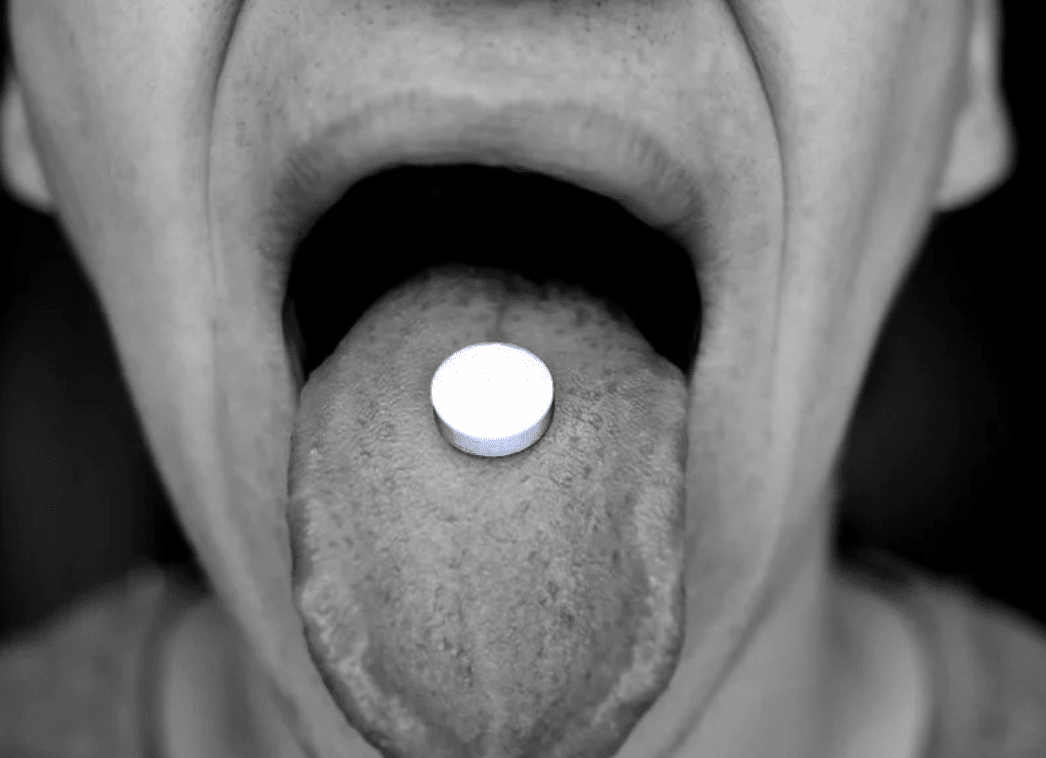Insulin is a hormone that helps control the amount of sugar, or glucose, in the blood. The body’s cells respond to insulin by absorbing sugar from the blood.
Low insulin sensitivity is known as insulin resistance. This can cause blood sugar levels to become too high and may lead to type 2 diabetes.
Insulin sensitivity varies between people and can change according to various lifestyle and dietary factors. Improving insulin sensitivity may benefit people who have or are at risk of type 2 diabetes.
In this article, we look at lifestyle and dietary factors that may help a person improve their insulin sensitivity naturally.
Lifestyle
People who wish to increase their insulin sensitivity can try making the following lifestyle changes:
Getting more exercise
Getting more exercise may be one way to improve insulin sensitivity.
In a 2012 study, 55 healthy adults participated in a 16-week exercise program. The researchers found an association between increased physical activity levels and improved insulin sensitivity. This result was dose-dependent, meaning that the more the participants exercised, the more their insulin sensitivity improved.
Combining different exercises
The findings of a 2013 review suggest that certain types of exercise may increase insulin sensitivity more than others. The authors found that a combination of aerobic exercise and strength training was particularly effective for people both with and without diabetes. Based on their findings, the authors recommended that:
- People without diabetes should do at least 30 minutes of exercise five times a week. This exercise should include high-intensity aerobic exercise three times a week and strength training in all major muscle groups twice a week.
- People with type 2 diabetes should do at least 30 minutes of exercise five times a week. They should perform long-duration, moderate-intensity aerobic exercise three times a week and high-repetition resistance training in all major muscle groups twice a week.
- People with type 2 diabetes and limited mobility should do as much exercise as they can manage. They should aim to include low-intensity aerobic exercise combined with low-intensity resistance training in all major muscle groups three times a week.
Getting more sleep
Getting more sleep may also improve a person’s insulin sensitivity.
In a 2015 study, 16 healthy people who were not sleeping for long enough extended their sleep by 1 hour per day for 6 weeks. This extra sleep led to increased insulin sensitivity.
Diet
Some research suggests that making certain dietary changes could increase insulin sensitivity. These changes include:
Fewer carbohydrates, more unsaturated fats
Eating foods rich in unsaturated fats, such as avocado and pine nuts, may increase insulin sensitivity.
Recent research suggests that replacing carbohydrates with unsaturated fats may improve insulin sensitivity in some people.
A 2012 study investigated the effects of different diets on insulin sensitivity in adults with high blood pressure, which is a risk factor for type 2 diabetes. The researchers concluded that eating a diet low in carbohydrates and high in unsaturated fats for 6 weeks may improve insulin sensitivity.
The study also suggested that this diet was more effective at improving insulin sensitivity than a diet high in carbohydrates or a diet that replaces some carbohydrates with proteins.
A 2016 systematic review of 102 studies concluded that replacing carbohydrate and saturated fat with polyunsaturated fat may improve the body’s blood sugar regulation.
More soluble fiber
Soluble fiber is a type of dietary fiber that comes from plants. Although this fiber is a type of carbohydrate, the body cannot break it down properly. As a result, it does not contribute to spikes in blood glucose levels.
Soluble fiber also delays gastric emptying, which is the time it takes for a meal to leave the stomach and enter the small intestine. A small 2014 study suggests that this delay may help lower blood glucose levels after meals in people with type 2 diabetes.
Another study suggests that eating more soluble fiber may help reduce insulin resistance in healthy women.
Intermittent fasting
Intermittent fasting is a type of diet that focuses on the timing of eating rather than the specific foods in the diet. It may improve insulin sensitivity and reduce the risk of type 2 diabetes for certain people.
A 2014 review investigated the effects of two types of intermittent fasting in overweight and obese adults:
- Restricting calorie intake for 1–3 days per week and eating freely on the remaining days.
- Alternating between fast days and feed days. People reduce their regular calorie intake by 75 percent on fast days and do not restrict their diet on feed days.
As with a daily calorie-restricted diet, the researchers found that both types of intermittent fasting reduced insulin resistance. However, this type of eating had no meaningful effect on blood glucose levels. They concluded that more research is necessary.
How many pounds have you lost this month? At Dieta Efectiva you can lose 10-12 lbs your first week and 2-5 lbs every week after. Visit us dietaefectiva.netto learn more about our program.







